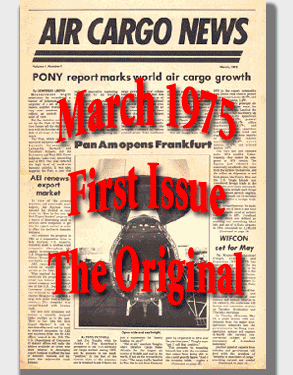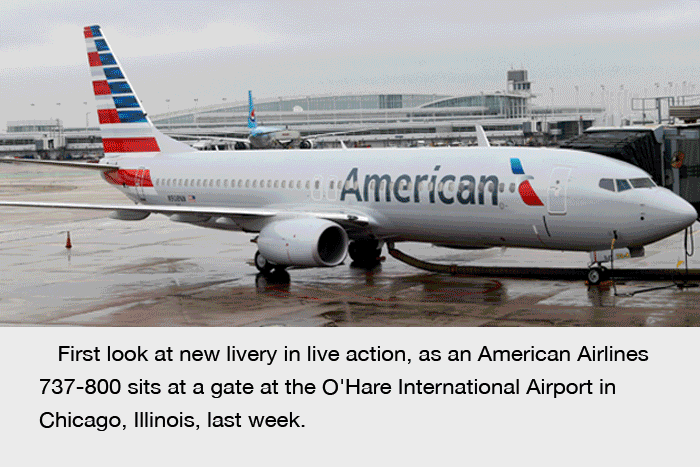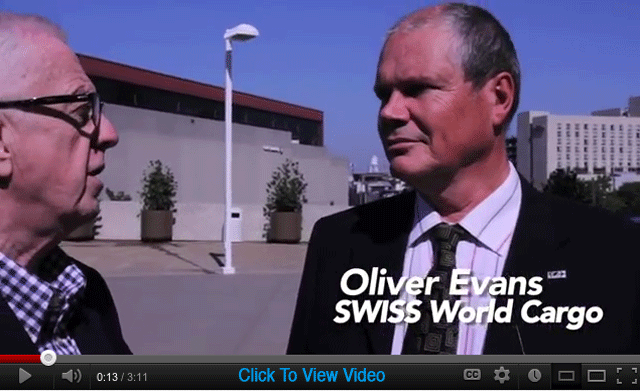|
|
|
 |
The sea-air model combines
the speed of air with the lower cost of ocean shipping for
volumetric cargoes, although forwarders are also now pushing
the lower environmental impact of the solution in comparison
to direct air.
Sea-air hubs have been developed
where both container shipping and airport hubs are in close
proximity, and where the ease of moving between modes is eased
by cooperative customs, inspections regimes, and easy access
to bonded storage. Key centers on the Asia to Europe route
include Dubai, Hong Kong, Kuala Lumpur, Singapore, and Incheon.
However, demand for cargo movements from Asia to Europe has
fallen across all modes this year and this has been reflected
in volumes handled at many of these hubs.
“Sea-air via Dubai has
been pretty slow all year and especially from the key areas
of Hong Kong and mainland China,” said Robert Taylor,
Assistant General of Manager Modern Freight Company, a sea-air
specialist with extensive warehousing and logistics capabilities
in Dubai.
“The biggest issue we
are faced with is the excess space available with the airlines
as this is keeping the rates very low, hence clients are preferring
to book direct air freight over the sea-air model. Unless
the carriers start pulling additional capacity from the market
we don’t see much improvement in the near term.”
However, he said that some clients
with volumetric cargo still preferred to use Dubai as a hub
due to the competiveness of the rates available and the direct
connections available by air to major business centers across
Europe. “In addition, with the opening of new destinations
by the major Middle East carriers to places like South America
and Africa we remain positive it will only be a matter of
time before the we see volumes rising again,” he added.
He said volumes could also rise
if ocean freight rates rose. “That is a contributing
factor, however to what degree I couldn’t say as we
are really competing with direct air,” he added.
 |
Gary Phelps, Director- Air
Products at US-based 3PL BDP International, is more optimistic,
believing there is ample scope for sea-air volumes to grow
next year. “We’re seeing increased activity and
we expect more in the future,” he said. “It is
also a viable option for the USEC labor dispute.”
Phelps explained that even though
the market trended downwards year-on-year in 2012, air and
ocean freight rates from Asia to Europe and the Middle East
would increase in 2013, reducing the differential between
pure ocean and sea-air for marginal shippers.
“I think the air and ocean
market is at its bottom now and when it comes back up there
will be a resurgence in sea-air,” he said.
“Air rates need to be
at a certain level for sea-air to work, but in 2012 both ocean
and air rates were depressed. I think sea-air will come back
into play for many people in 2013.”
Sky King
 |
 |
|
Get
On Board Air Cargo News FlyingTypers |
 Batteries
may have grounded Boeing 787s,
but questions are flying as to how FAA
certified the airplane. Actually the people FAA put in charge
of assuring that the batteries were OK were Boeing employees.
“Self-Certification” or “House Oversight”
has become a more common way to do business with FAA under the
“streamlining” at the agency that began a couple
years back . . . Batteries
may have grounded Boeing 787s,
but questions are flying as to how FAA
certified the airplane. Actually the people FAA put in charge
of assuring that the batteries were OK were Boeing employees.
“Self-Certification” or “House Oversight”
has become a more common way to do business with FAA under the
“streamlining” at the agency that began a couple
years back . . .Etihad Airways looks to add to "equity alliances" with stakes in carriers, including Air Berlin, has now added code-share agreement with China Eastern Airlines and Hainan Airlines. We are keen to expand," said James Hogan, EY president and chief executive. Talk is Etihad could take a stake in India's Jet Airways . . . The U.S. military reversed a decision to blacklist Kam Air Afghanistan for allegedly smuggling drugs through Tajikistan after the Afghan government agreed to conduct a full investigation and take further action if warranted, Stars & Stripes reported . . . Atlanta Hartsfield Jackson is keeping its title as the world's busiest, said airport officials on Tuesday, as passenger traffic increased by more than 3.1 million in 2012 to 95.5 million passengers, up 3.35 percent over 2011. Air cargo dropped 2.5 percent from 663,162 in 2011 to 646,481 metric tons in 2012 . . . In the USA, the National Transportation Safety Board told Federal Motor Carrier Safety Administration that it wants big rig trucker fleets to delve into a potential hire’s employment history and records dating back 10 years. By boosting a fleet’s ability to gather and use information in the hiring process, accidents can be prevented and lives saved, NTSB said . . . Four magazines—the UK’s ‘Naval Architect’ and ‘Fairplay Solution’ and the USA’s ‘Marine Log’ and ‘Maritime Reporter’—which write about shipbuilding and shipping, selected the best ships built in 2012. The highest-ranking ships were four crude oil carriers and three containerships. One product carrier and one passenger ship were also selected. ‘CMA CGM Marco Polo’ was selected; the world’s biggest container ship, she is 397m long, 53.6m wide, and can move 16,020 TEU containers. ‘Tanit,’ a roll-on/roll-off passenger ferry, was also judged best in the world 2012. Tanit has a shopping center, restaurant, swimming pool, play equipment, and café, plus room for 3,500 passengers including crew and 1,060 cars . . . Combined North American rail volume for the first four weeks of 2013 on 13 reporting U.S., Canadian, and Mexican railroads totaled 1,415,235 carloads (down 4.7 percent compared to last year) and 1,154,614 trailers and containers (up 5.1 percent compared to same time 2012) . . . |
 |
If
You Missed Any Of The Previous 3 Issues Of FlyingTypers |
|||||
|
|||||
FT013013 |
FT020513 |
||||
|---|---|---|---|---|---|










 epressed
air freight rates look set to continue impacting the attractiveness
of sea-air shipment solutions from Asia into Europe next year,
according to leading providers.
epressed
air freight rates look set to continue impacting the attractiveness
of sea-air shipment solutions from Asia into Europe next year,
according to leading providers.
 angkok Flight Services is investing in cutting edge handling
and shipper visibility technology to boost its competitiveness
against rivals at Suvarnabhumi Airport and other regional
hubs.
angkok Flight Services is investing in cutting edge handling
and shipper visibility technology to boost its competitiveness
against rivals at Suvarnabhumi Airport and other regional
hubs. Upgrades
to picking software as part of BFS APPS—a portal to
BFS Systems and the company’s in-house Intranet—are
also helping improve transparency, and BFS is now taking a
maximum 25 minutes from receiving an order for collection
to delivery to the dock, with an average of 12-13 minutes.
Upgrades
to picking software as part of BFS APPS—a portal to
BFS Systems and the company’s in-house Intranet—are
also helping improve transparency, and BFS is now taking a
maximum 25 minutes from receiving an order for collection
to delivery to the dock, with an average of 12-13 minutes.


